There are so many gems hidden in the neighbourhoods of Cape Town yet it’s easy to walk past, drive past or even live on top of something interesting without really knowing what’s there or what history it has. I’ve lived on such a spot since I was a teenager, and only this week learnt more about the Devil’s Peak quarry (named as one of Getaway Blog’s top ten abandoned sites in Southern Africa worth visiting) and its history.
I got hold of a document created to check if there was any historical value to a number of old concrete pillars and blocks that are situated a short distance from the Murray & Stewart Quarry at the end of Chelmsford Road, and on which my grandfather built our house (The house that Koos built). We are right slap bang on 2 massive concrete blocks that spike through two floors of our house and also have an outside ‘shed’ inside another concrete behemoth in our back garden. Two neighbouring properties also have pillars, and it was for one of these that the document “Heritage Statement: Old Concrete Structures on Erf 2092” was drafted by ACO Associates as part of a demolition application to the City of Cape Town.
There isn’t very much information in the archives relating to the quarry and surrounds, but I suspected our house was built on the foundation of a crushing machine which serviced the quarry.
I’ve summarised some of the main and interesting points that relate to the history of the Murray & Stewart Quarry:
· 1902 – Interest was first shown by the Town Engineer of the Woodstock Municipality as to “Crown Land set apart as demarcated forest by the Government” and he wrote: “I understand that there is an outcrop of hard blue stone in the position shown in the accompanying tracing (not found), this I understand is on Crown Lands and I ask permission to excavate a portion to see the quality of the stone.” This lead to the discovery of road material which was sorely needed, but the government was worried about their investment of 7 year old pine and eucalyptus that was planted on this land.
· Permission was later granted to the Woodstock Municipality to “quarry certain piece of Crown Land in extent 500 square roods“
· 1903 – A letter recorded: “It is now desired that our Crusher should be erected on a portion of the Forest Lands high up Mountain Road in accordance with the sketch” which has not been found. This was seen as preferable to the original proposal to place it near the 2nd quarry just off De Waal Drive as this would’ve disturbed the nearby hospital patients.
· 1933 – A request from a group of attorneys to reopen the quarry on Devils Peak: “I presume the quarry referred to is the one operated until recently by Mr J.F.S. Smit“. The quarry had been out of operation for some time and the attorneys were responding to comments from residents on the transportation of explosives to the quarry and that it “lies about 1/4 of a mile further up the slope of Devil’s Peak than the extremity of the Devil’s Peak residential premises“.
· 1933 – 1935 – There are a number of complaints in the archives from residents of the Devil’s Peak Estate in which the Devil’s Peak Housing Scheme Ratepayers Association had issue with the lorries which caused dust in summer and mud to run down the roads in winter. They requested that the owners pay for a “bituminous surface on the unmade road from the boundary of the Devil’s Peak Estate at the end of Kreupelhout Laan to the entrance gate to Peak Quarry“. At this stage the land was registered in the name of “The Associated Building (Proprietry) Limited” (28 April 1934) and quarrying operations were being conducted by Messrs Murray & Stewart (Pty) Ltd on the property known as Prospect Farm.
· 1934 – Murray & Stewart noted that they had wanted to use the old blockhouse road, but the land in-between was owned by a Mr Ochberg who obviously prevented this.
· 1934 – Two wood and iron structures were constructed on the property by a Mr Bischop, though unauthorised to do so, and there are also letters of complaints from residents about “natives frequenting the quarry at night” which resulted in a number of night raids by government inspectors. During these raids it was noted that one of the structures was used by 2 authorised native watchmen, while the other, a wood and iron shack was occupied by a “coloured man“.
· 1935 – Mine closed. The main theme of complaints can be summed up in one dated 1933 which referred to “a great deal of noise is caused by the crushing plant. Blasting takes place in the quarry which is 200 yards from the crushing plant, and further away from Devil’s Peak houses“. A petition was signed by residents and it seems the mine closed in 1935.
· During the war in 1942 when it was suggested to reopen the quarry for military purposes due to a shortage of stone, there were heated debates in local newspapers, and the quarry was also debated in parliament as all the quarries situated along the slopes of Table Mountain had been closed in terms of a specific Provincial Ordinance of 1941. Correspondence from then stated that “Peak Quarry is fully equipped with machinery and appliances capable of producing 300 cubic yards per diem. This machinery is the property of Messrs Murray & Stewart who are registered owners of the land on which the quarry is situated… Peak Quarries, have all the necessary crushing machinery standing in them and in good order“. On 25 September 1942 The Cape Times reported that the Director of Fortifications had decided not to re-open the quarry.
Our property was bought in the ’70’s and this house was built in 1981, being the house closest to the quarry until the High Cape development was started in the early ’90s, and Pinoak road was extended. Our neighbour demolished half of the concrete block that was on his property because the report concluded that “it is difficult to argue that the crusher plant contributes significantly to the broader historical, visual-spacial character of the lower slopes of Devil’s Peak“. So they aren’t really important, but because the report says “all historical knowledge of Peak Quarry and its role in the provision of gravel and stone for road construction seems to have been lost from collective memory of the people of Cape Town” I thought this little bit should be shared.
My family and I make regular use of the quarry in our “back yard” as it truly is a beauty to behold and a wonder to explore (my boys love looking for old bullets from when it was used as a shooting range). 79 years after the quarry night raids and DPV Watch still has to conduct raids today, but more of that to come in the next installment.
Many thanks to David Halkett and Lita Webley of ACO Associates cc for allowing me to reproduce this information.

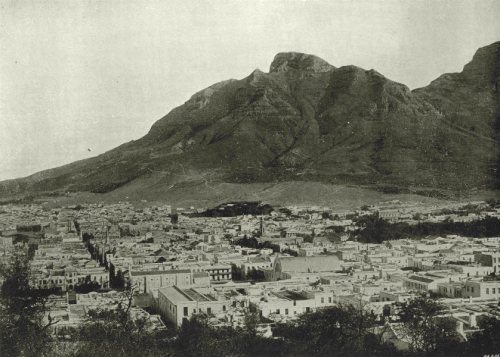
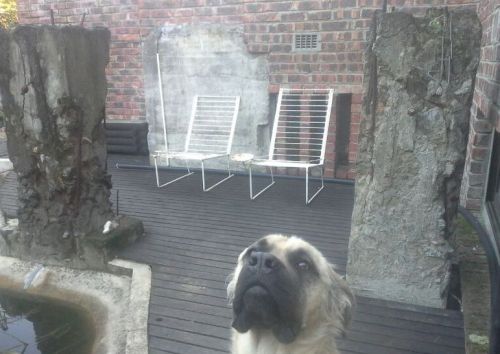
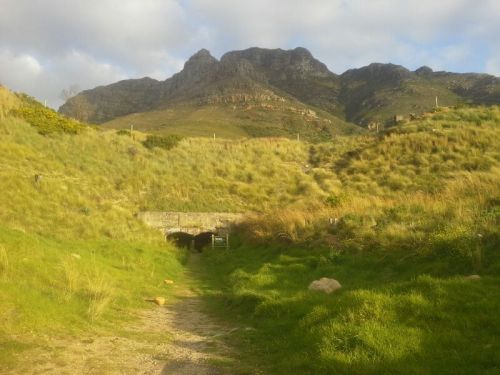
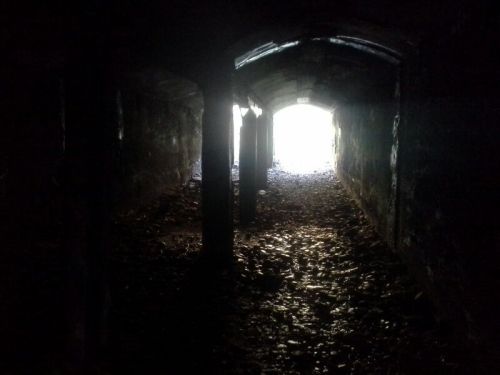
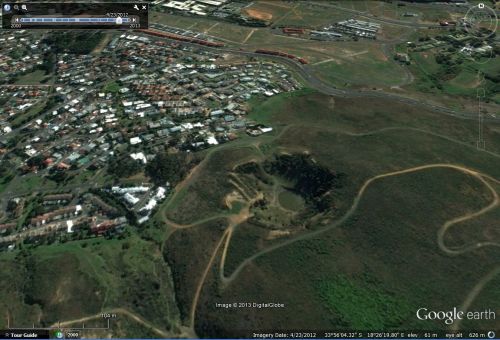
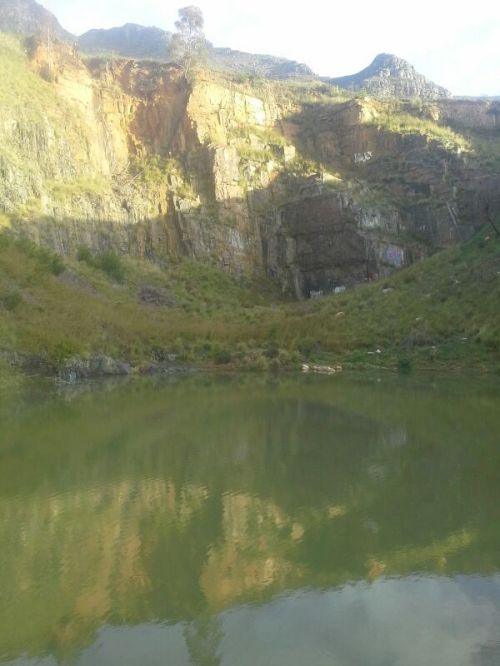
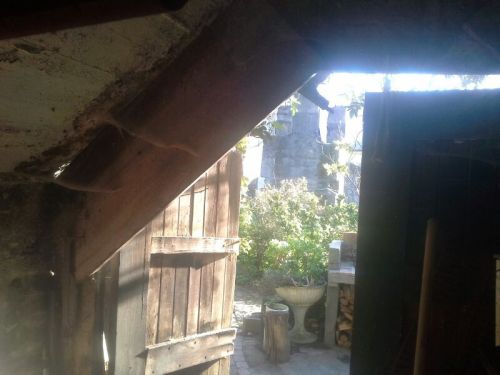
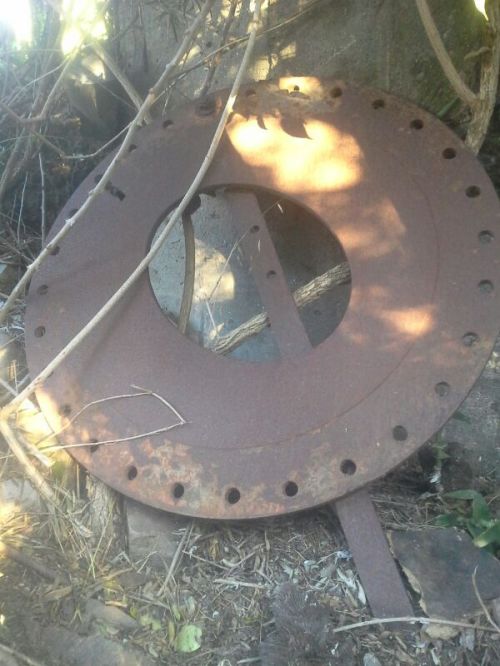
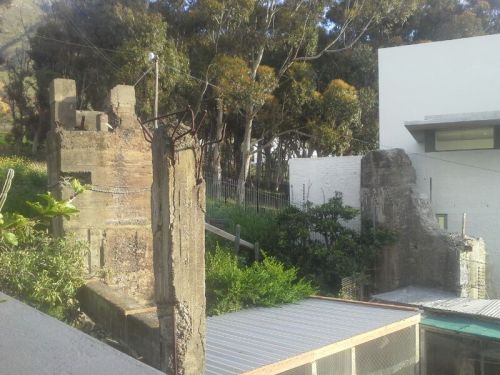
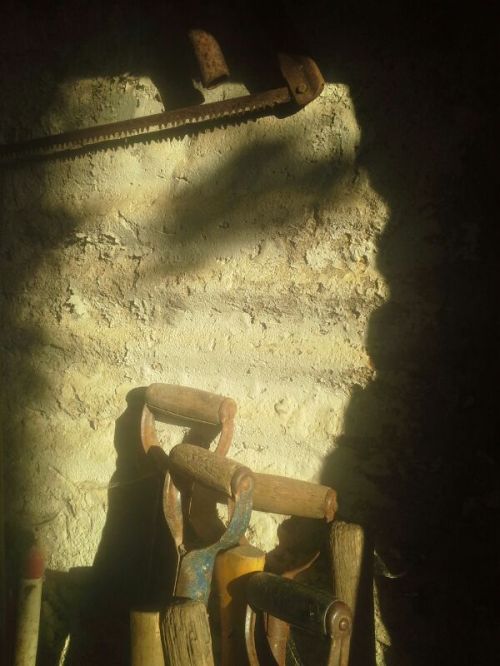
Very nice! – I too am fascinated by the quarry and have caught several fish in its waters including a 4 kg. Common Carp back in 1990 when I was a teenager, we used to sleep over at night.
Trying to find out some history but very scarce as you said, thanks for the info. and re living some of the memories of the quarry.
Gunter.
Wow – caught a couple in the past, but never that size! I do still check to see if I can spot any life in the water but haven’t thrown a line in a long time.
we lived in davenport road in the 1970′s and the first time we found the quarry some youngsters were catching gold fish with hooks and lines.